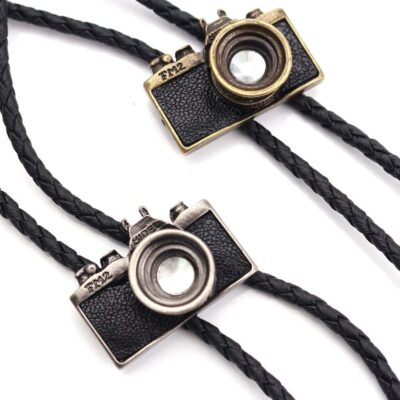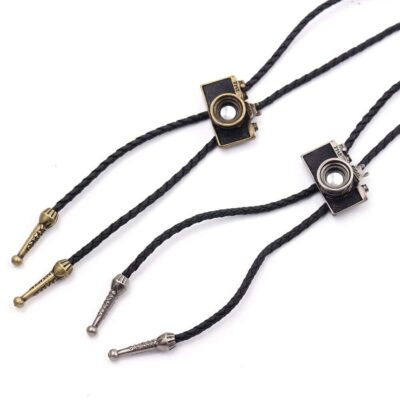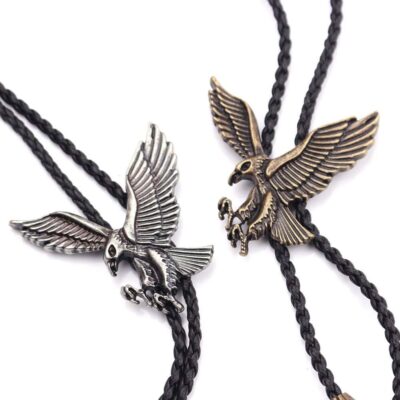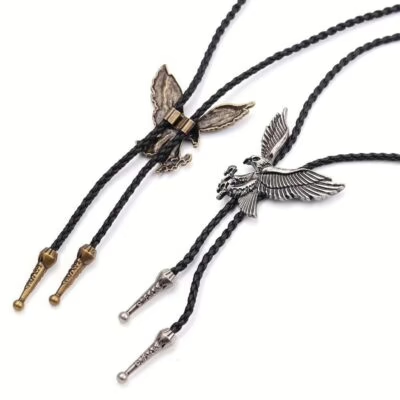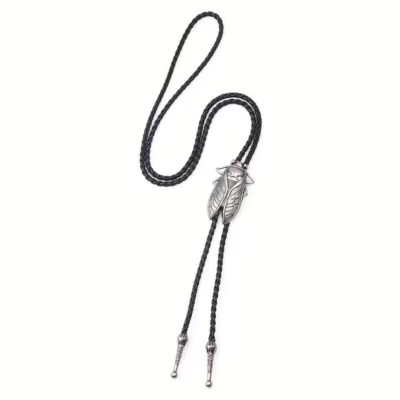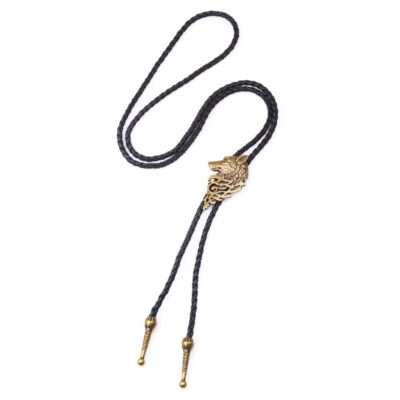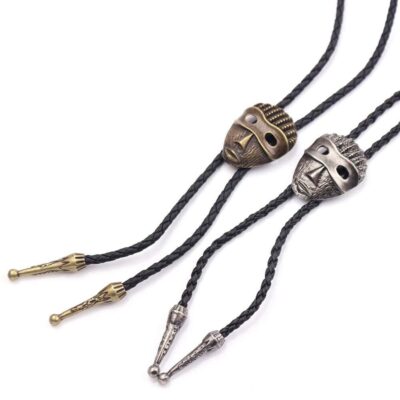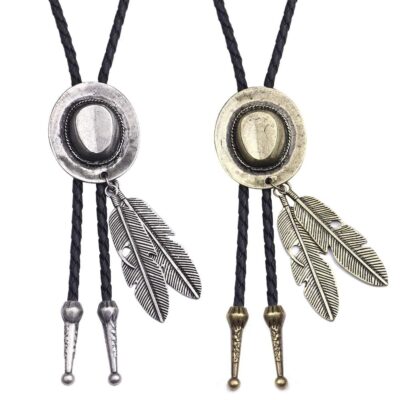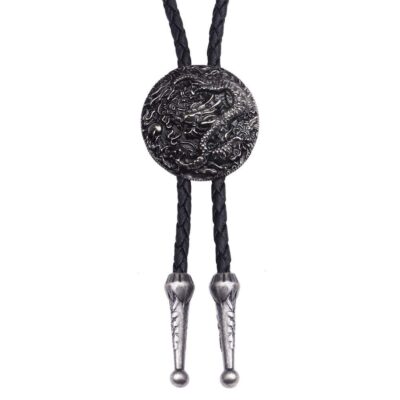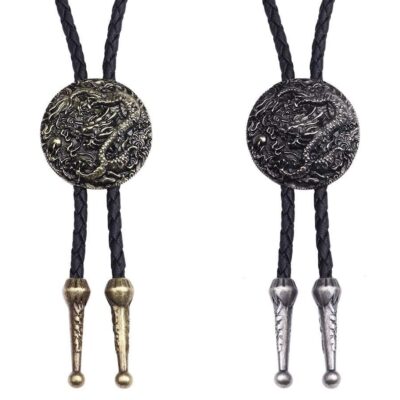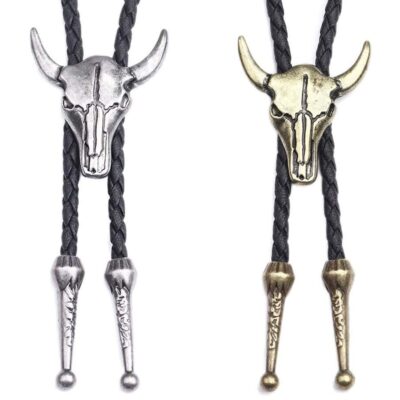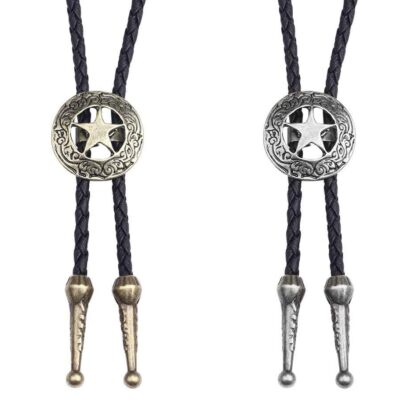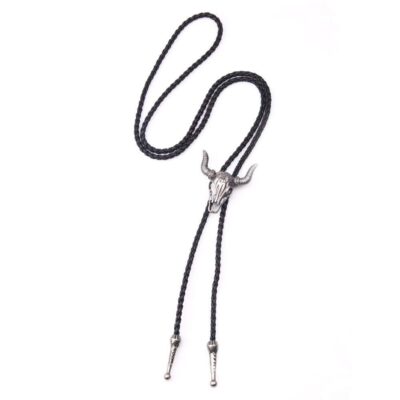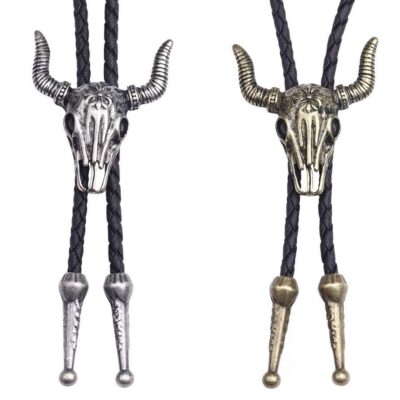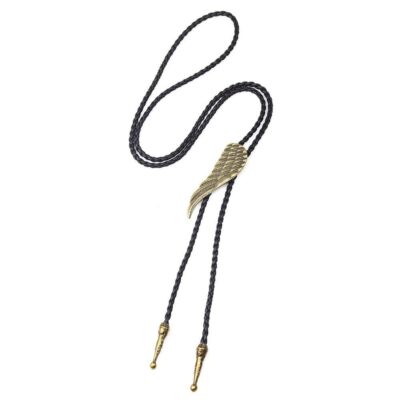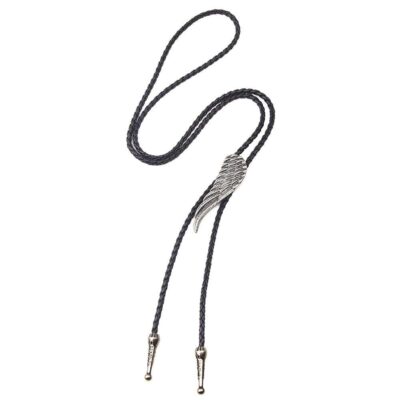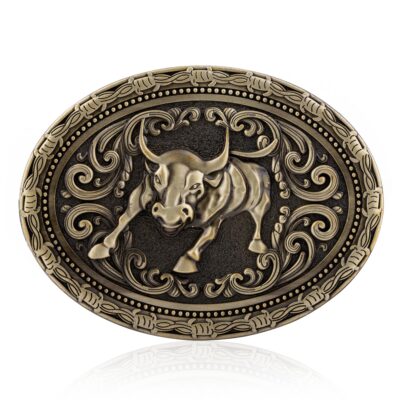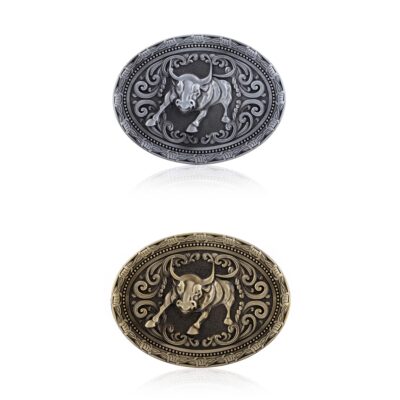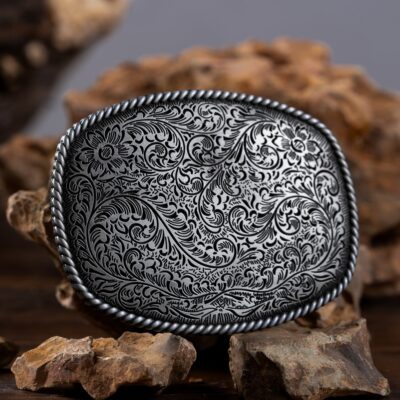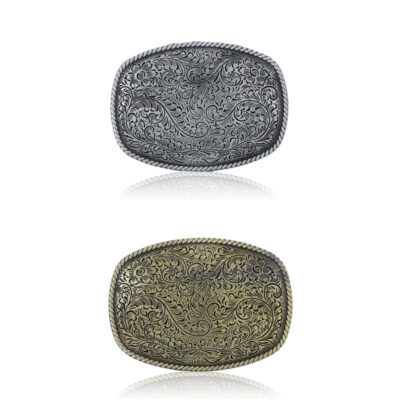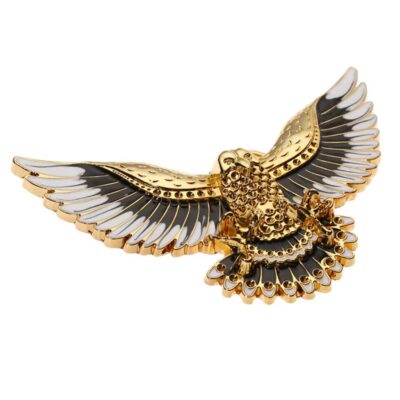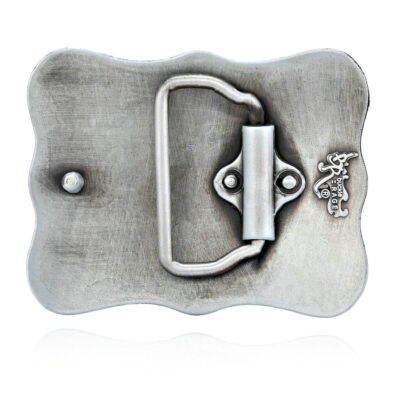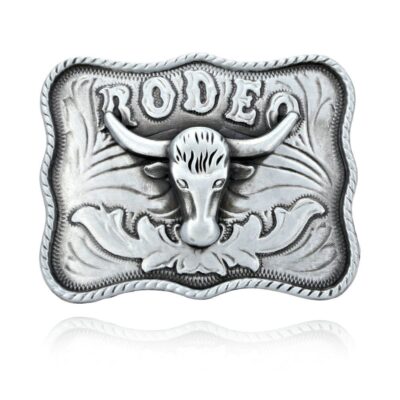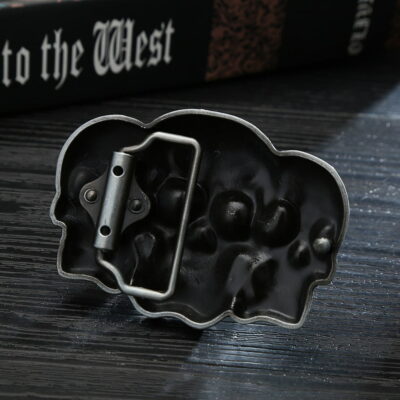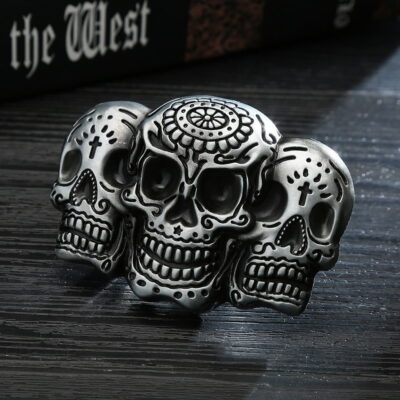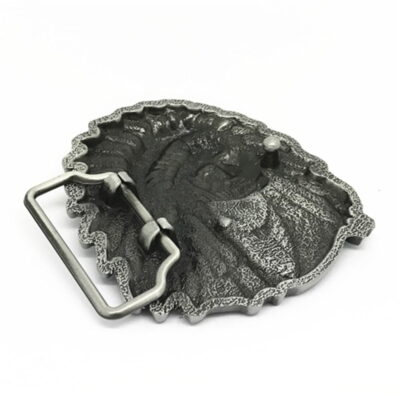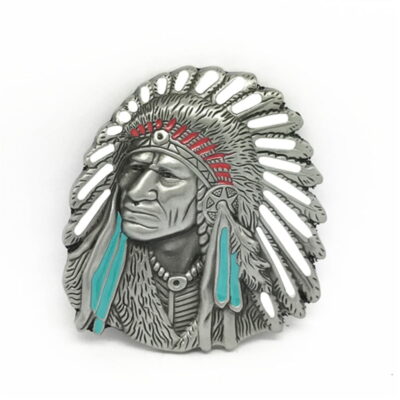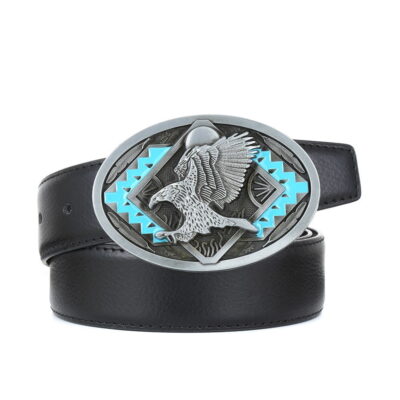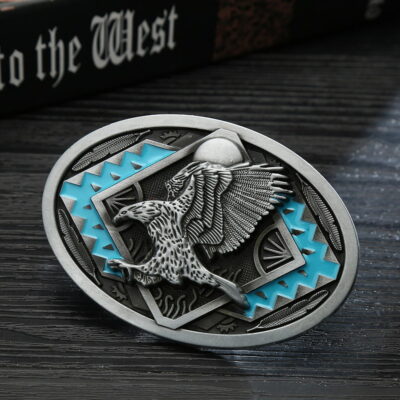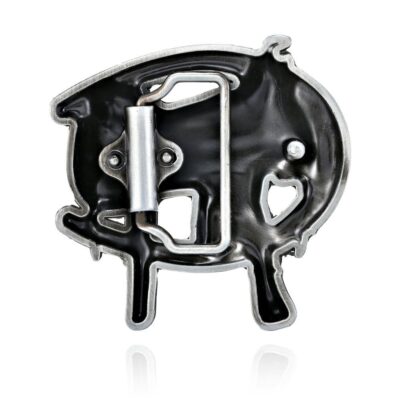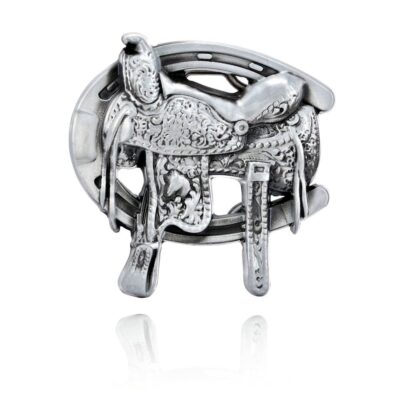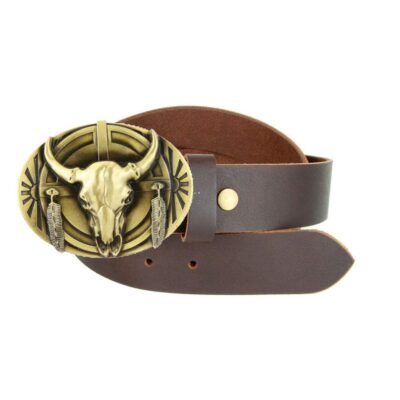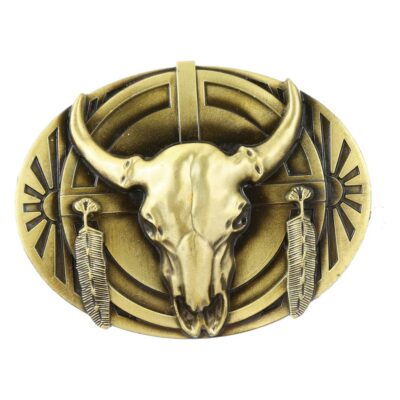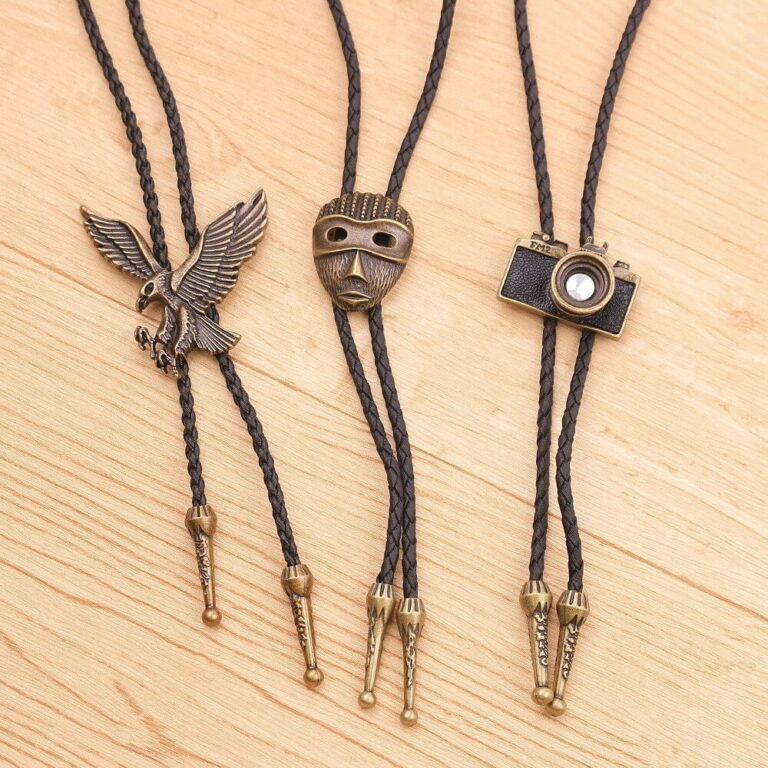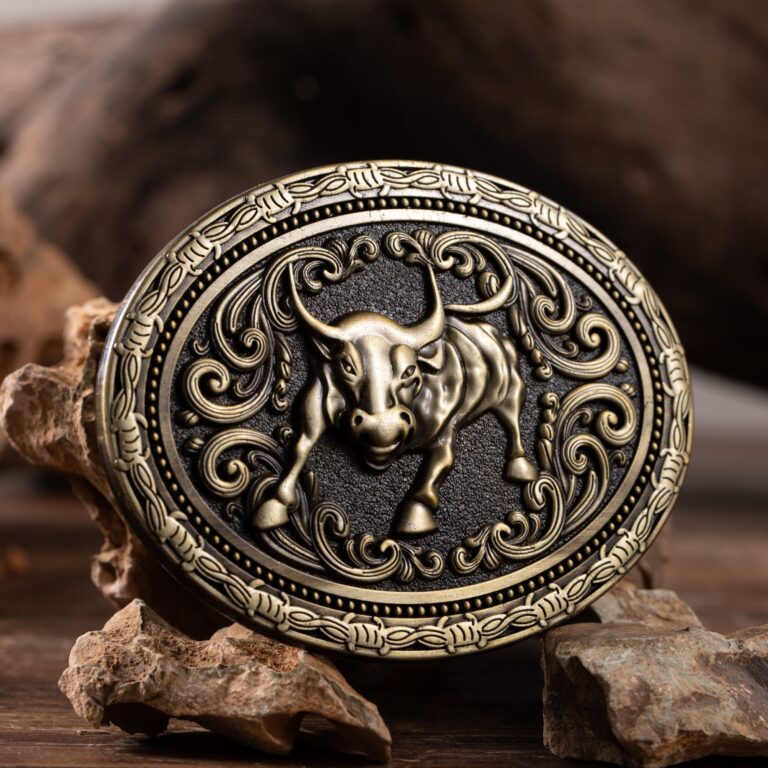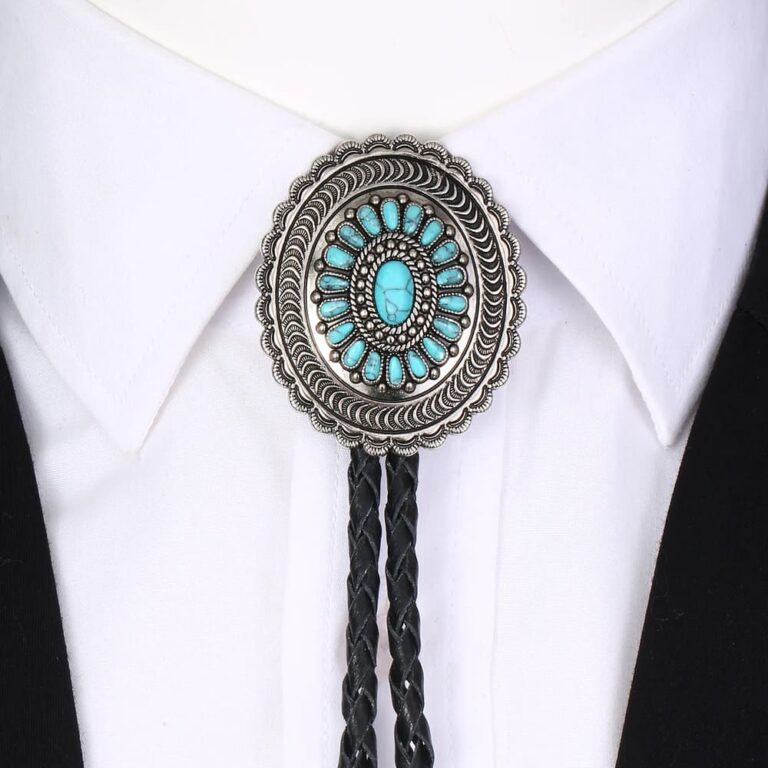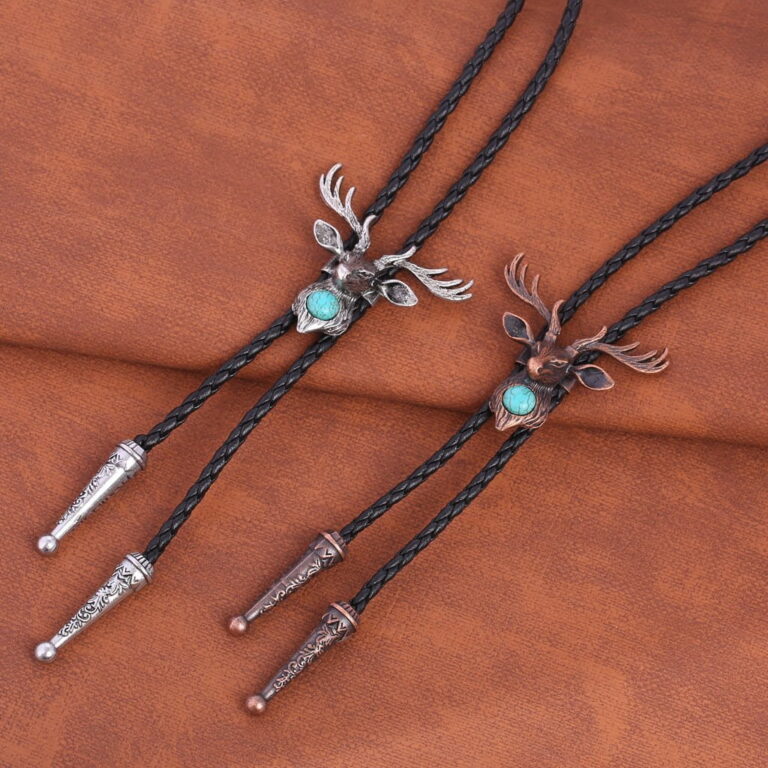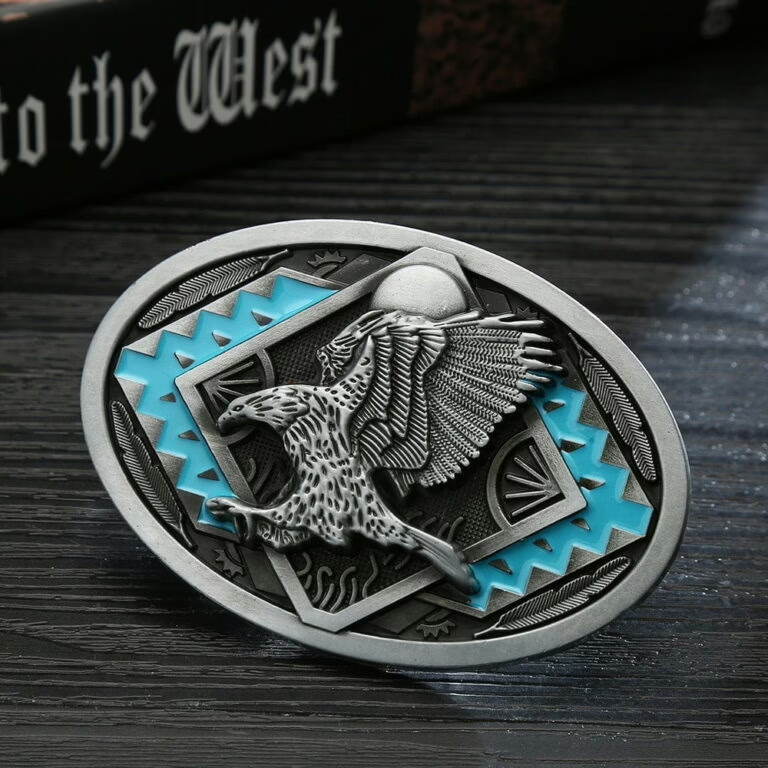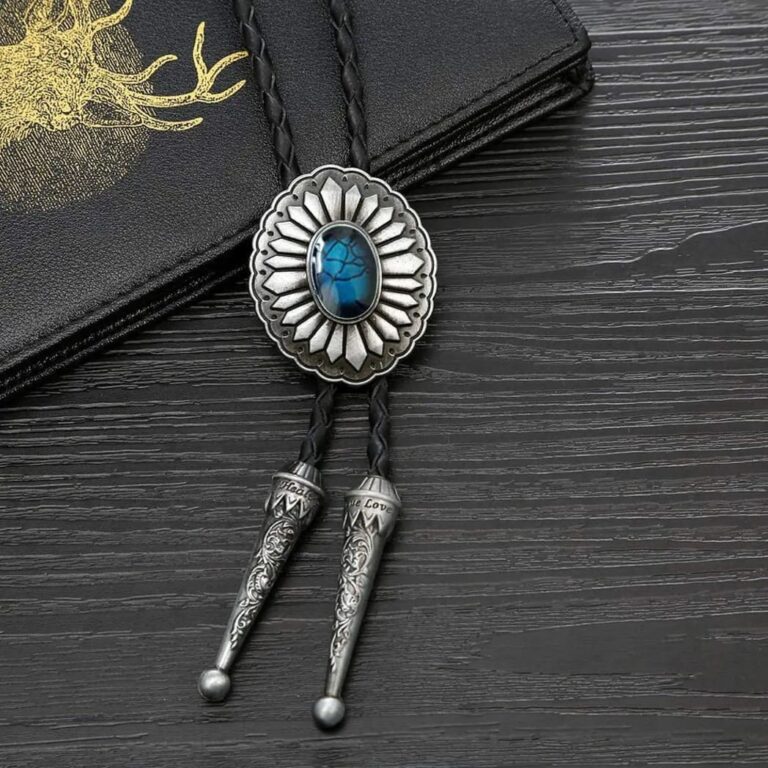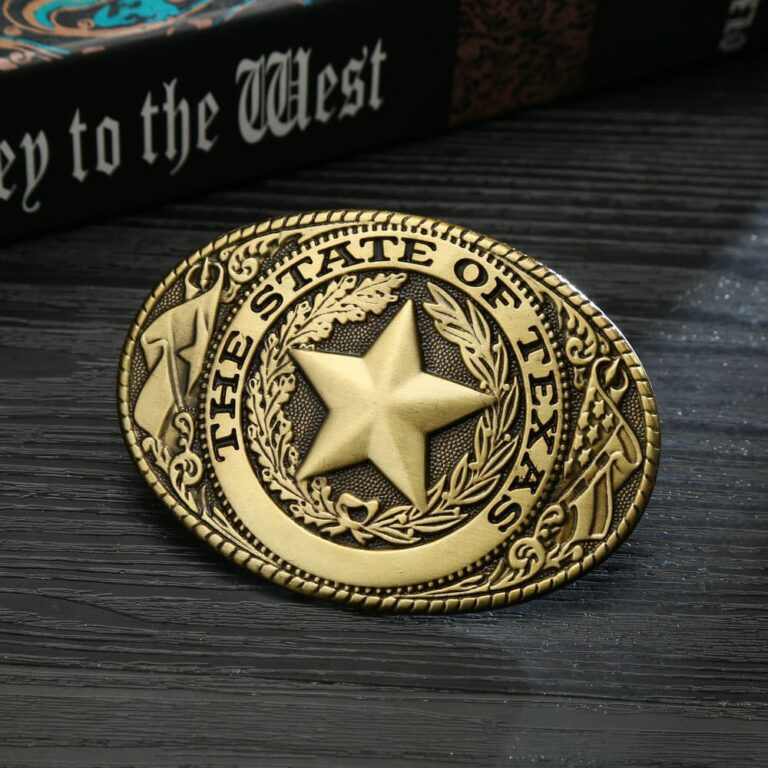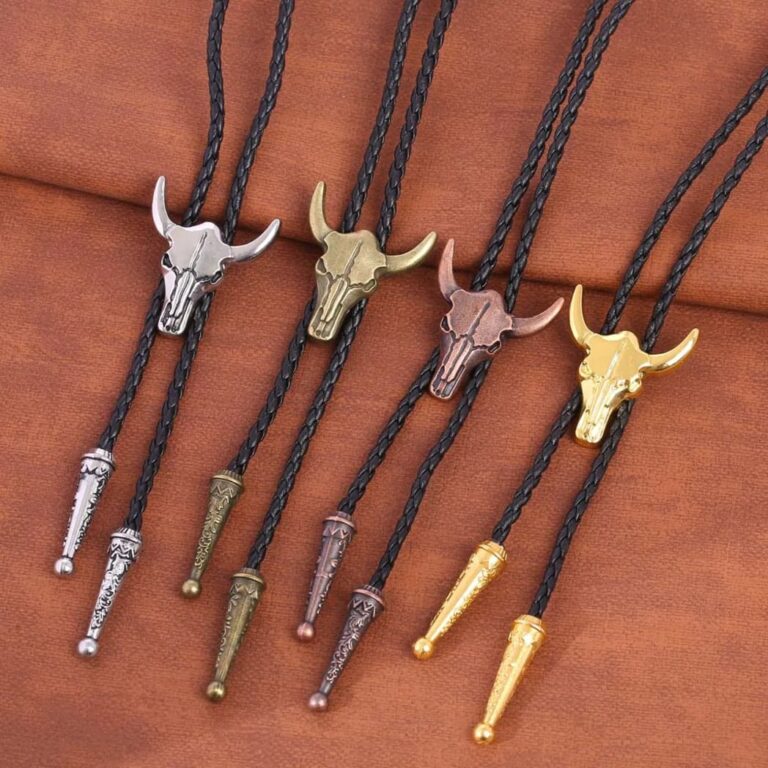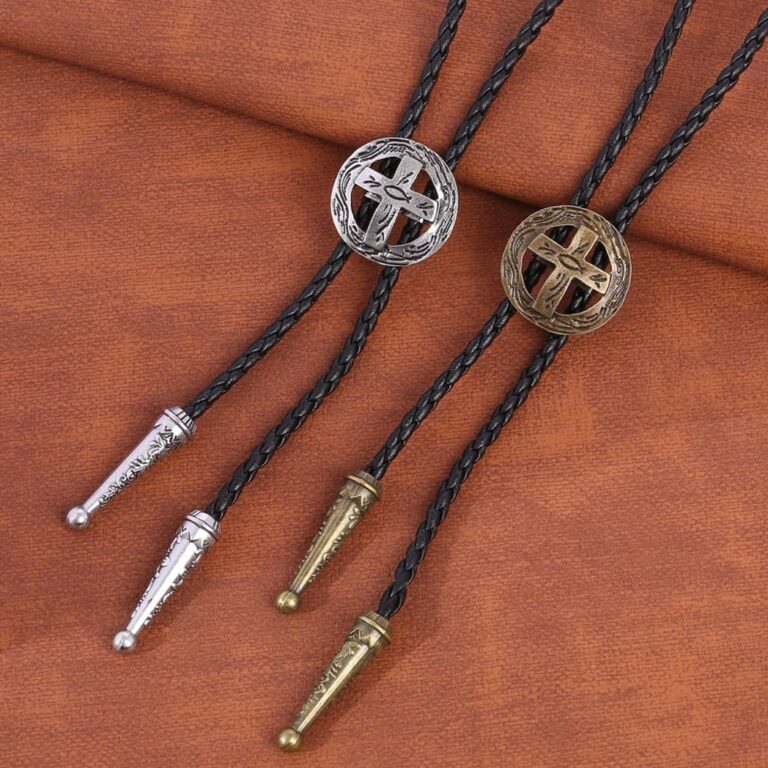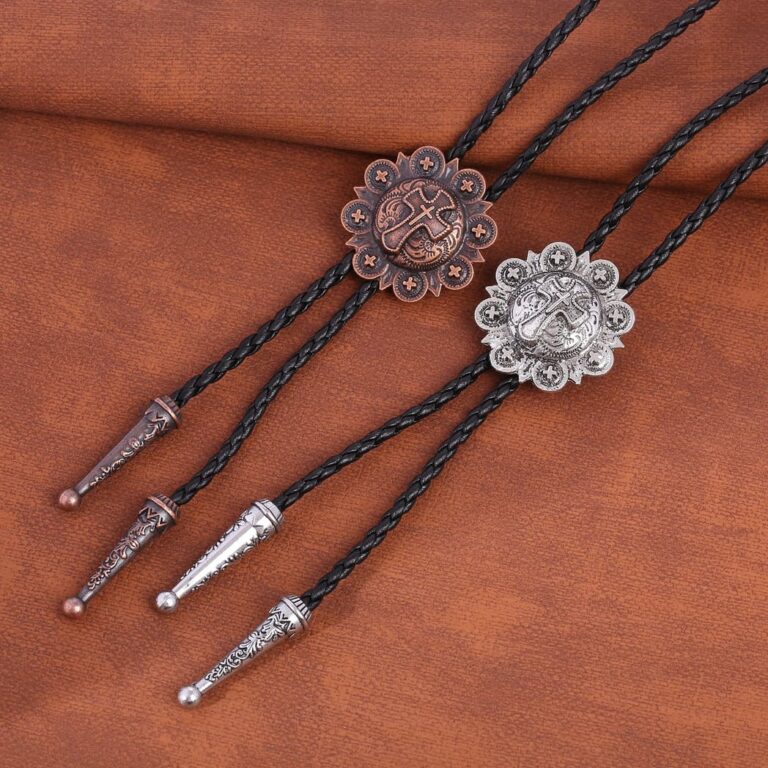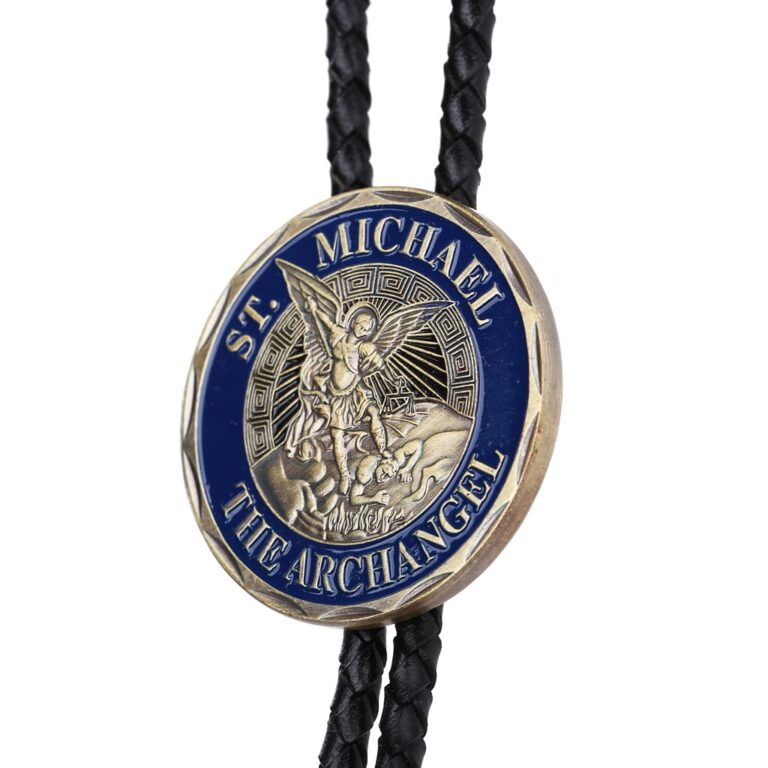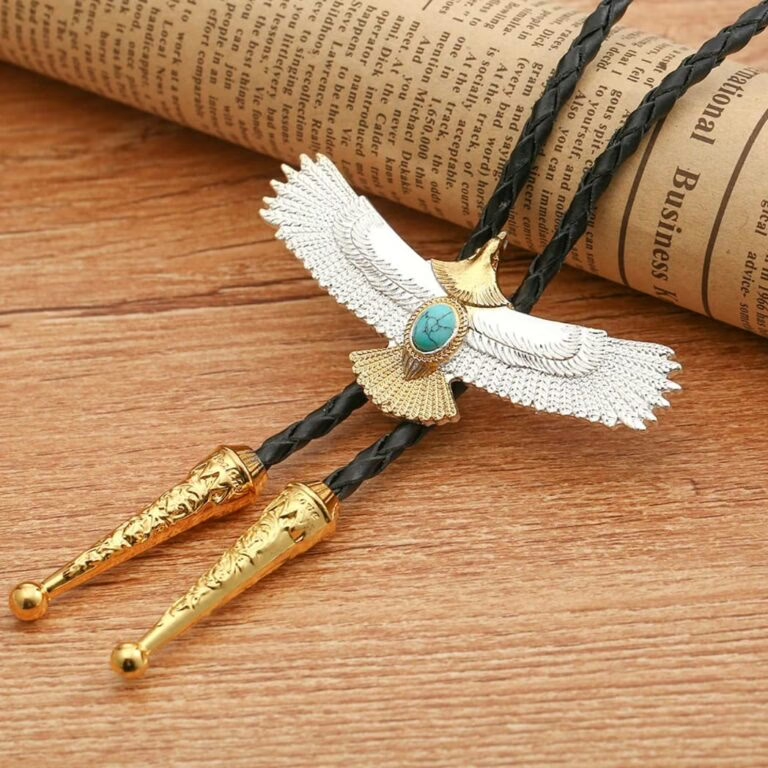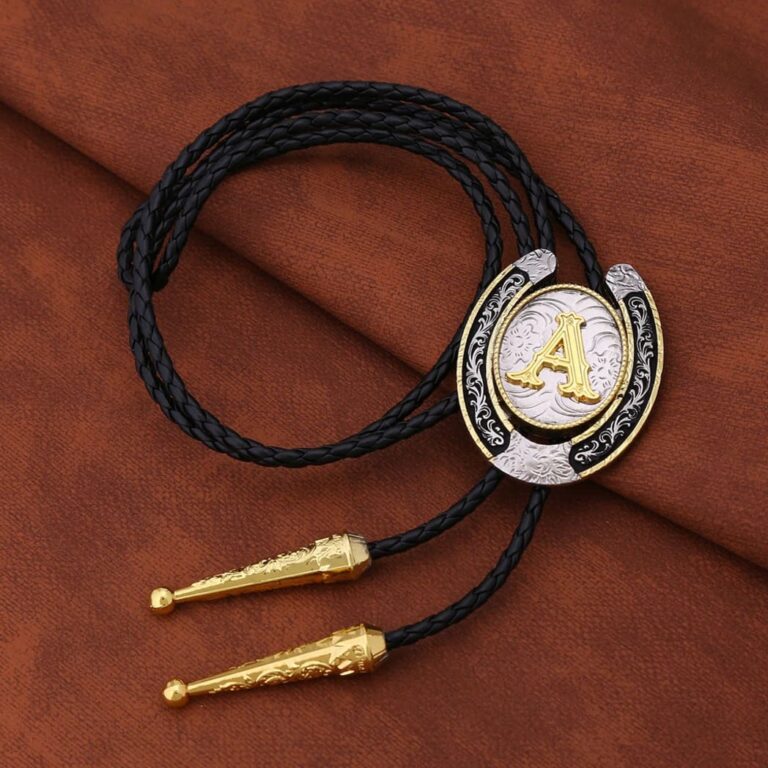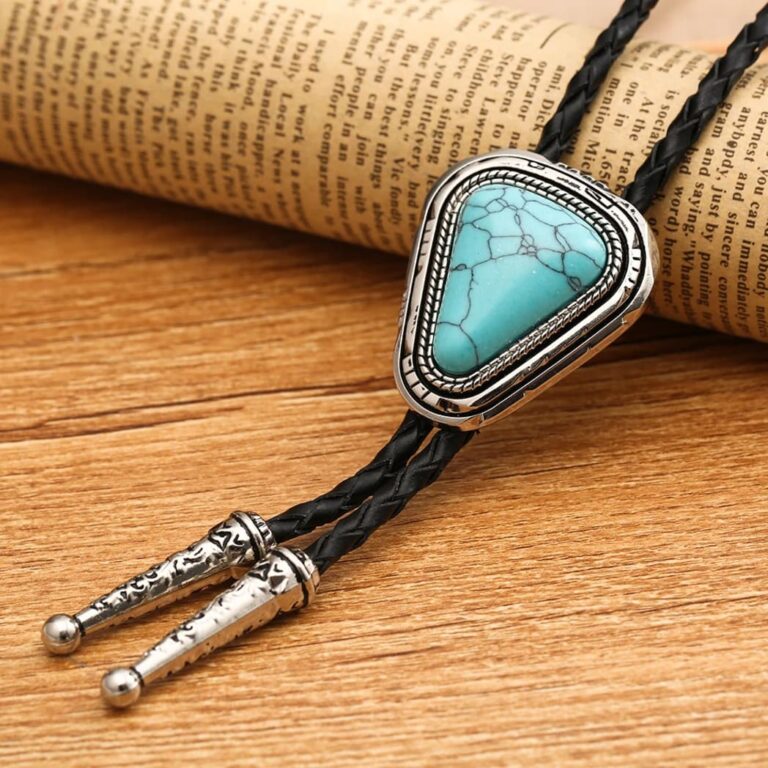The Resurgence of Bolo Ties in the 1970s: A Cultural Phenomenon
In the vibrant and transformative decade of the 1970s, bolo ties—once seen as a relic of traditional Western wear—experienced a powerful revival. This iconic neckwear, long associated with cowboys and Native American artisans, emerged as a bold fashion statement that transcended geographic boundaries, subcultures, and even gender.
While bolo ties have deep roots in American history, it was the 1970s that redefined this accessory for a new generation of wearers. Let’s dive into how bolo ties became a symbol of self-expression, rebellion, and style in an era known for pushing boundaries.
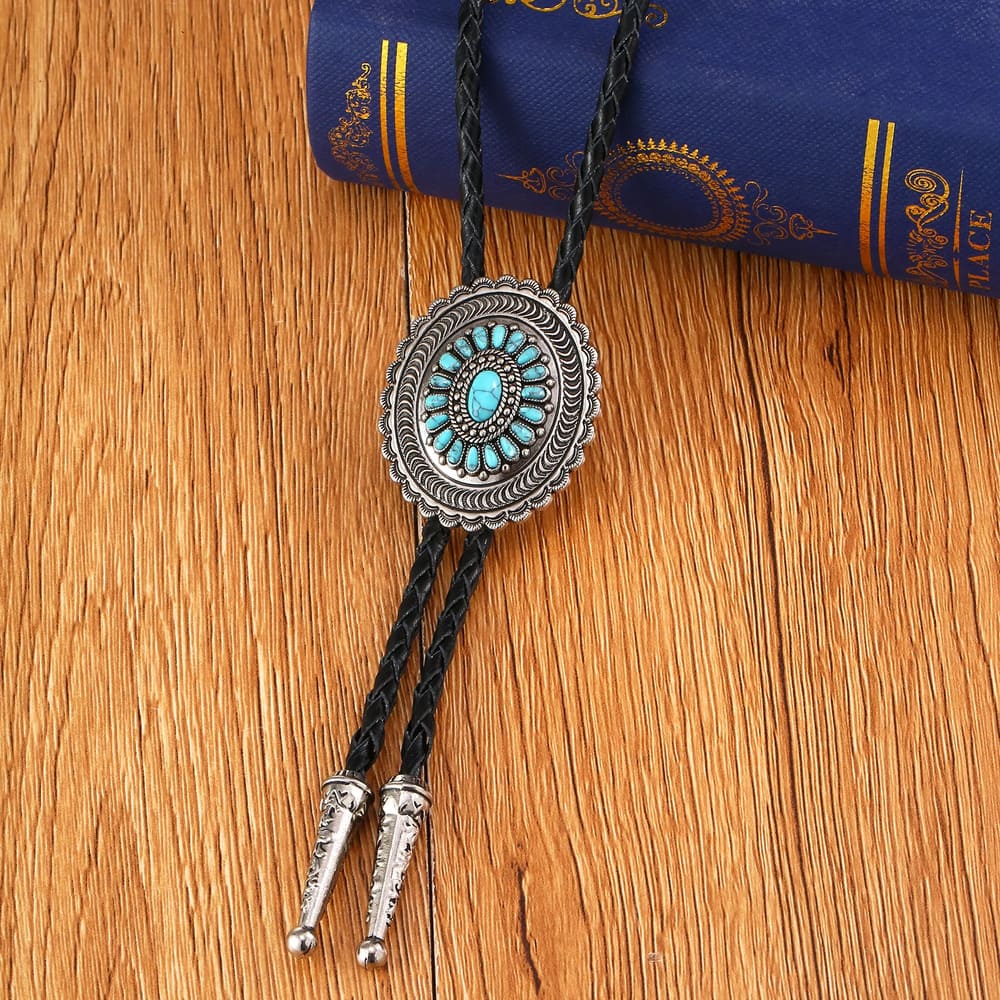
The 1970s: A Decade of Style Reinvention
The 1970s was a time of eclectic fashion trends, from flared jeans and platform shoes to oversized sunglasses and fringed jackets. But one of the most interesting reinventions of this era was the rise of the bolo tie. What started as an accessory associated with Western culture became a symbol of individuality and defiance against mainstream fashion.
Hollywood Influence and the Silver Screen Effect
Hollywood played a significant role in the resurgence of bolo ties during this decade. Famous actors and musicians embraced the bolo tie as a symbol of rebellion and nonconformity, giving it mass appeal. Celebrities such as John Travolta and Elvis Presley were often seen wearing bolo ties in films and public appearances, showcasing this unique accessory as both casual and formal wear.
Musical Movements and Subculture Adoptions
Beyond Hollywood, the bolo tie gained traction among the 1970s’ rock and country music scenes. Performers like Willie Nelson and Bob Dylan sported bolo ties, blending the fashion with bohemian and outlaw aesthetics. As music fans looked to their idols for fashion inspiration, the bolo tie became a key accessory in both counterculture and mainstream fashion movements.
The Cultural Significance of Bolo Ties in the 1970s
A Symbol of Rebellion and Individuality
For many, the bolo tie was more than just an accessory; it was a symbol of rebellion against the structured fashion norms of the 1960s. The simplicity of its design—a cord, two decorative tips, and a clasp—allowed wearers to add a personal touch, whether through intricate carvings, gemstone details, or Western motifs. This customization aspect reflected the larger 1970s trend of self-expression through fashion.
A Fusion of Cultures
During the 1970s, the bolo tie’s resurgence was also influenced by its Native American origins. Artisans from the Navajo, Hopi, and Zuni tribes crafted bolo ties featuring traditional designs, particularly those adorned with turquoise and other gemstones. Many fashion-forward individuals began embracing Native American craftsmanship, recognizing the artistic and cultural significance behind each unique piece.
If you’re looking for authentic Native American designs, be sure to explore Native American Bolo Ties and discover the rich history behind their intricate creations.
Popular Bolo Tie Designs of the 1970s
As bolo ties became increasingly popular during the 1970s, a variety of styles emerged to meet the demand. Here are some of the most iconic designs of the decade:
- Turquoise Bolo Ties: These bolo ties, featuring vibrant turquoise stones, were among the most sought-after accessories in the 1970s. Turquoise was seen as a symbol of peace, protection, and cultural pride, especially among those who embraced Western and Native American heritage. Explore stunning options like these Turquoise Bolo Ties for a touch of Southwestern charm.
- Animal Motif Bolo Ties: Reflecting the 1970s’ love of nature and animal symbolism, bolo ties with animal motifs became highly fashionable. From soaring eagles to howling wolves, these designs represented freedom and individuality. Discover beautiful Animal Bolo Ties that capture the essence of wild spirit.
- Gemstone and Personalized Bolo Ties: Customization was key during this era, and bolo ties featuring gemstones or personalized engravings became a stylish way to make a bold statement. If you’re looking to create your own unique piece, check out Personalized Bolo Ties for inspiration.
How to Wear a Bolo Tie: Fashion Tips from the 1970s
One of the most captivating aspects of the bolo tie’s revival in the 1970s was its versatility. From casual wear to formal events, bolo ties could be paired with a range of outfits. Here’s how the style icons of the 1970s rocked their bolo ties:
- Casual Look: Pair a bolo tie with a simple button-up shirt and jeans for a laid-back, effortless style. This look was popularized by celebrities like Steve McQueen, who often sported this combination in both on-screen and off-screen appearances.
- Formal Occasions: For formal events, a bolo tie could replace a traditional necktie or bowtie. Worn with a tailored suit, this accessory added an unexpected, avant-garde flair. Country stars, in particular, embraced this look, giving rise to the bolo tie’s enduring presence in Western formal wear. For modern formal looks, explore Wedding Bolo Ties for a stylish twist on tradition.
The Lasting Legacy of the 1970s Bolo Tie Revival
While bolo ties had long been part of American fashion, the 1970s resurgence cemented their place in mainstream style. To this day, the bolo tie continues to be a bold accessory that celebrates individuality, culture, and heritage. Whether you’re a fan of its Western roots or its rebellious 1970s revival, bolo ties remain a timeless symbol of personal expression.
Q&A: Frequently Asked Questions about 1970s Bolo Ties
Q: What materials were popular in 1970s bolo ties?
A: The most popular materials were leather cords, silver clasps, and decorative tips, often adorned with gemstones like turquoise or custom engravings. Native American artists also crafted intricate bolo ties with natural materials, adding cultural significance to their designs.
Q: Who made bolo ties famous in the 1970s?
A: Celebrities like Elvis Presley, John Travolta, and musicians in the rock and country scenes helped popularize bolo ties, turning them into a style staple for both casual and formal occasions.
Q: Can I still wear a bolo tie today?
A: Absolutely! Bolo ties are making a modern comeback, especially in Western and bohemian fashion circles. They’re perfect for adding a unique touch to any outfit, from casual to formal. If you’re interested in contemporary designs, check out Bolo Ties for a variety of styles.
Ready to Rock the Bolo Tie Look?
Inspired by the 1970s revival of bolo ties? Whether you’re looking for classic Western styles, gemstone accents, or personalized designs, Outlaw’s Revenge has the perfect collection to help you embrace this iconic accessory. And for more historical context, don’t forget to explore the History of Bolo Ties for a deep dive into their origins and evolution.

